The Rise of the ‘Citizen Data Engineer’: Will Low-Code Tools Replace Your Job?
As automation and low-code platforms continue to evolve, a new wave of data professionals is emerging: the Citizen Data Engineer. These are business users, analysts, and product managers who, with the help of tools like dbt, Airbyte, Fivetran, and Apache NiFi, can now build data pipelines and perform ETL tasks—without writing extensive code.
But what does this mean for traditional data engineers? Are we heading toward a future where low-code platforms eliminate the need for technical expertise, or is this shift creating new opportunities to evolve and specialize?
What Is a Citizen Data Engineer?
A Citizen Data Engineer is a non-traditional data professional who leverages low-code or no-code platforms to handle data transformation, integration, and analysis. Unlike traditional data engineers, they don’t necessarily have deep expertise in SQL, Python, or Spark but can still create and manage functional data workflows using intuitive interfaces and automation.
Key Characteristics:
- Uses drag-and-drop or declarative interfaces to manage data workflows.
- Leverages managed cloud services to avoid infrastructure complexity.
- Focuses on business-driven insights rather than deep technical optimization.
- Often sits within finance, marketing, product, or business intelligence teams.
Examples in Action:
- A marketing analyst using Airbyte to extract customer engagement data from multiple SaaS tools and load it into a Google BigQuery table for analysis.
- A finance manager setting up automated reconciliation workflows in dbt without writing complex SQL scripts.
- A product manager creating real-time dashboards with no-code data pipelines to track feature adoption.
The Case for Low-Code Data Engineering
1. Democratizing Data Access
Low-code tools lower the barrier to entry for data engineering, allowing business teams to move faster without waiting for technical teams to provision datasets or build pipelines. This improves agility and decision-making across the organization.
2. Speed and Efficiency
Platforms like Fivetran and Airbyte automate data ingestion, removing the need for manually written connectors. dbt enables transformations in SQL rather than requiring complex scripts. These tools streamline workflows, allowing companies to iterate quickly.
3. Reducing Engineering Bottlenecks
Engineering teams often get bogged down with routine ETL and integration requests. Low-code solutions empower non-technical users to handle these tasks independently, freeing engineers to focus on performance optimization, security, and architecture design.
But Will Low-Code Replace Data Engineers?
The short answer: No, but it will redefine the role.
1. Handling Complexity Still Requires Engineering Expertise
While low-code tools work well for simple ETL tasks, they struggle with:
- Large-scale distributed computing (e.g., real-time streaming data processing).
- Optimized query performance (e.g., indexing strategies, partitioning, caching).
- Data governance and security (e.g., role-based access control, auditing, compliance).
For example, a startup may use Airbyte to move data between SaaS applications, but as they scale, they will likely require custom transformations, workflow orchestration, and infrastructure tuning, requiring dedicated data engineers.
2. The Rise of the Data Engineering Architect
As low-code adoption grows, traditional data engineers will shift toward more strategic and architectural roles:
- Designing scalable data platforms that support both low-code and custom-coded pipelines.
- Defining governance policies to ensure compliance and security as data workflows become more decentralized.
- Optimizing cost and performance, ensuring that teams don’t unknowingly create expensive, inefficient pipelines.
Future-Proofing Your Data Engineering Career
Rather than seeing low-code as a threat, data engineers can adapt and upskill to remain indispensable in the field.
1. Embrace the Citizen Data Engineer Movement
- Advocate for best practices and standardization in low-code data workflows.
- Provide training and mentorship to business users to improve data quality.
- Help bridge the gap between low-code tools and enterprise-scale infrastructure.
2. Expand Beyond ETL and Pipeline Building
- Develop expertise in data observability, lineage tracking, and quality monitoring.
- Gain experience in cloud-native architectures (e.g., AWS Lambda, Google Cloud Functions).
- Learn real-time data processing technologies (e.g., Apache Flink, Kafka Streams).
3. Focus on High-Value Engineering Problems
- Build automation tools that enhance data reliability and efficiency.
- Work on MLOps and AI-driven data pipelines.
- Engage in cross-functional collaboration to align engineering with business objectives.
Final Thoughts: A Collaborative Future
The rise of the Citizen Data Engineer doesn’t mean the end of traditional data engineering—it’s an evolution. Low-code tools are enablers, not replacements. They free up engineers from routine work, allowing them to focus on higher-order challenges like architecture, governance, and performance optimization.
The key takeaway? Instead of resisting this shift, embrace it. The best data engineers will be those who understand how to leverage both low-code and high-code solutions, ensuring that their organizations are truly data-driven.
What do you think? Is low-code the future, or will data engineers always be needed? Share your thoughts below!




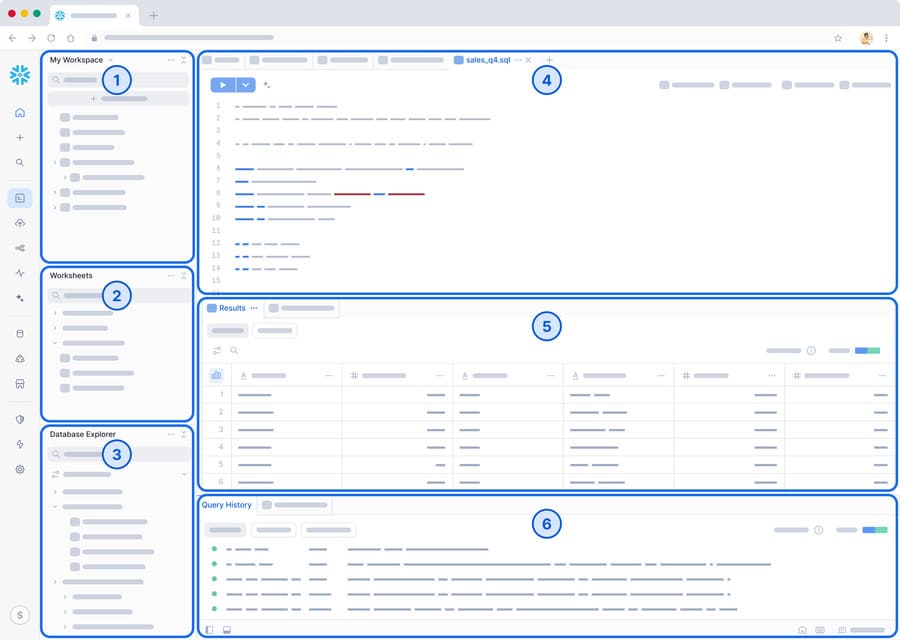
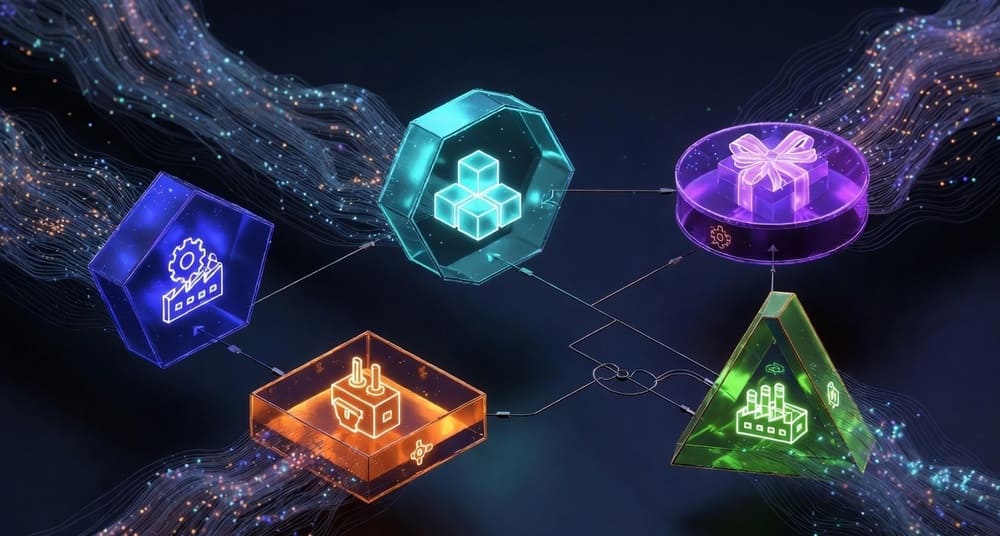
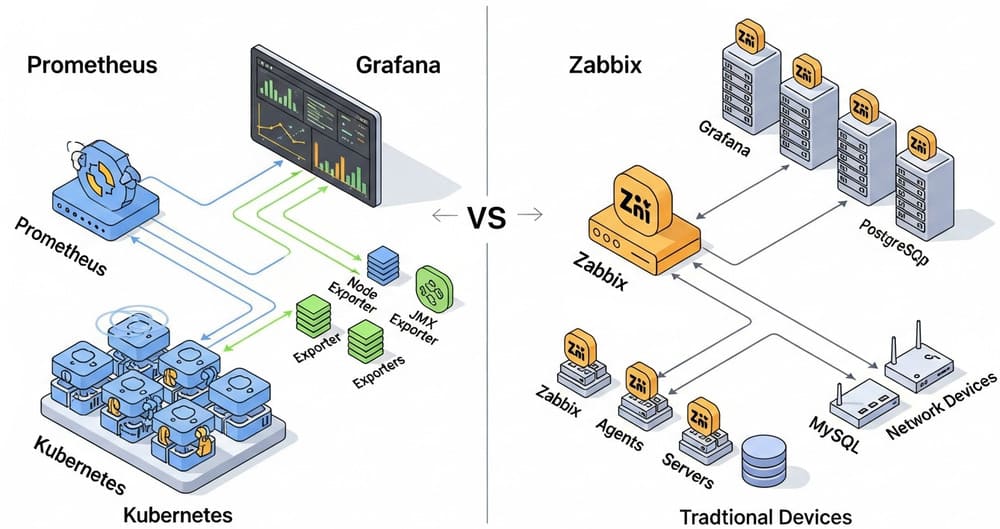
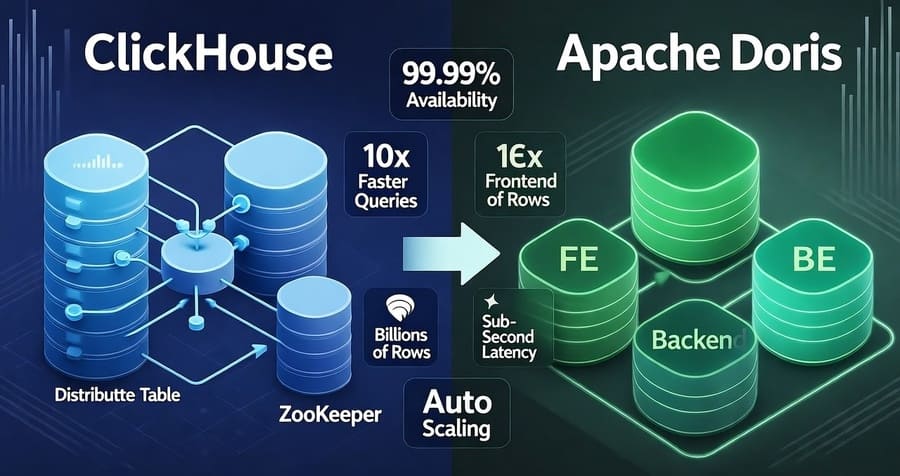
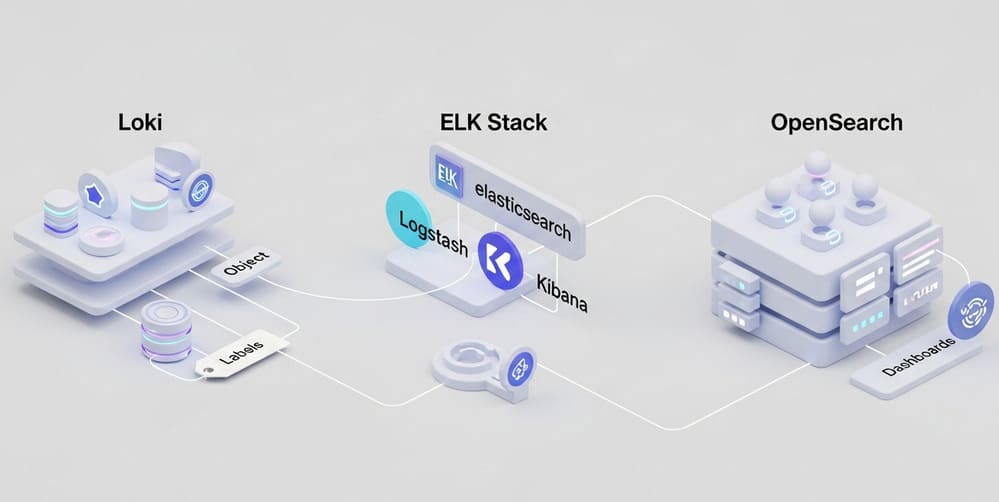
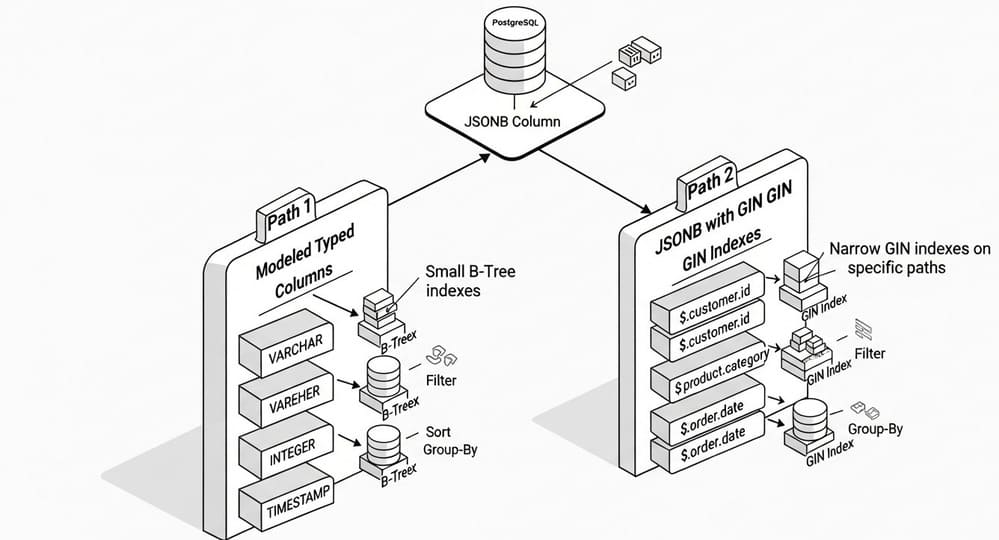
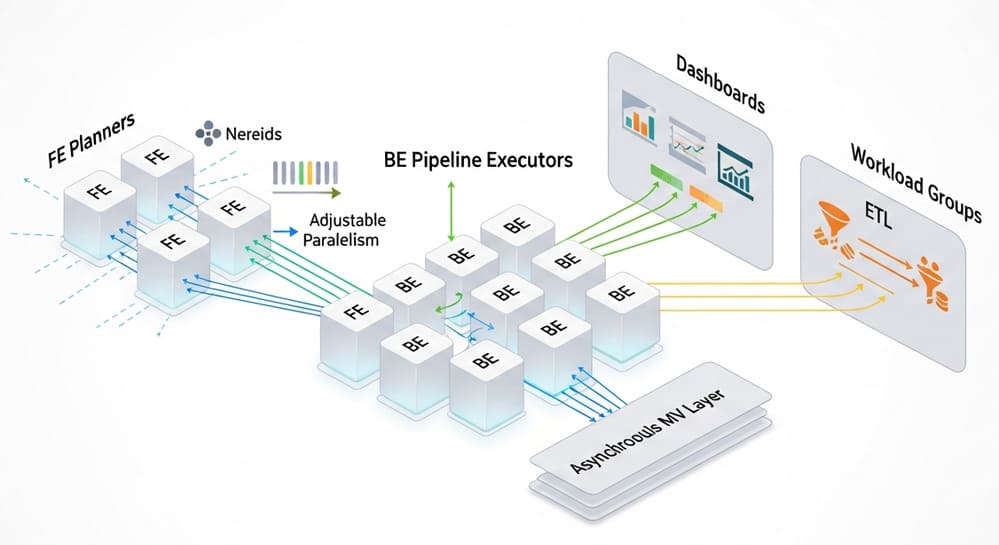
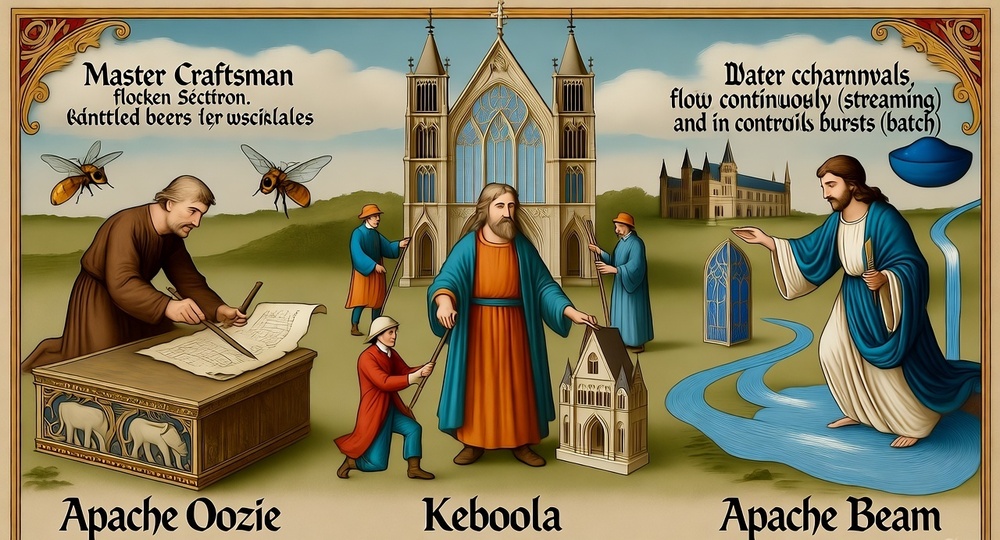


Leave a Reply